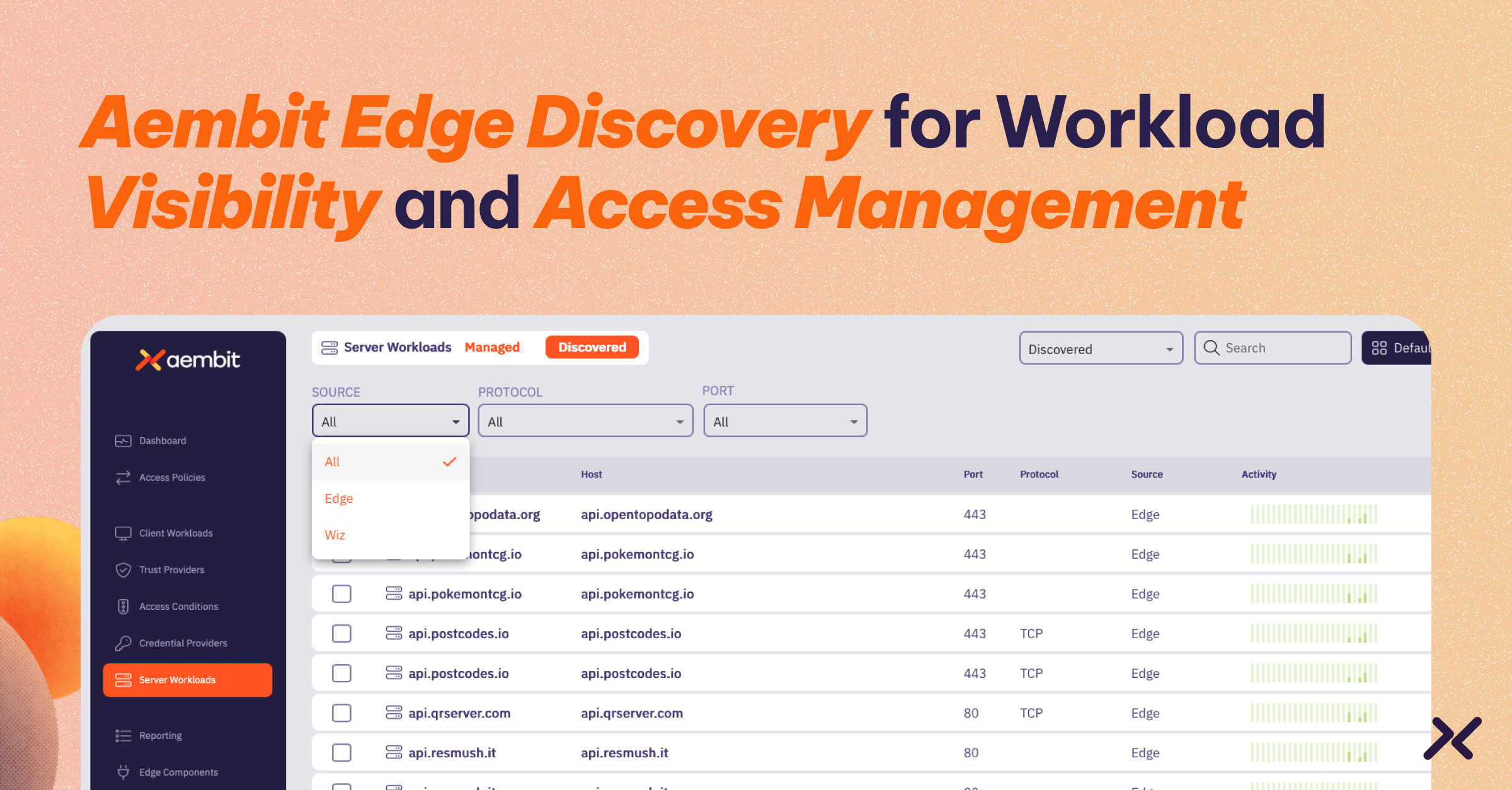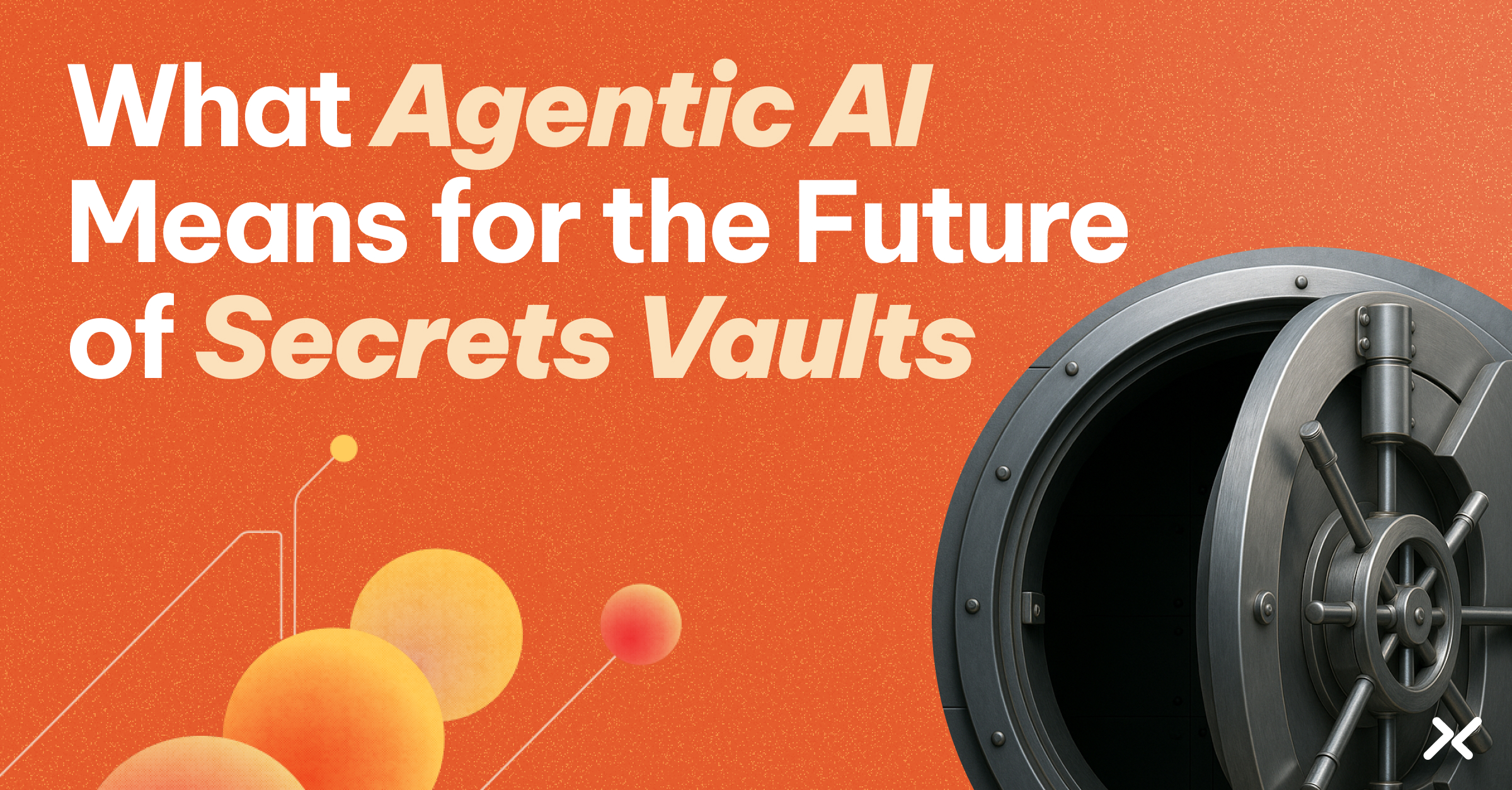First, the good news: The security community is already laser-focused on identities, given that they are the source behind the majority of data breaches.
Now the not-so-good: This fixation is only set to intensify, as attention inevitably expands from user to machine in our application-saturated, cloud-first world. For practitioners involved in managing and securing applications and services, which also includes DevOps and platform engineering teams, this means viewing identity and access management (IAM) through an additional – and likely less familiar and potentially confusing – lens.
But in a world that runs on software, workload identities – the primary subset of machine identities – are playing a critical role in ensuring that modern enterprises build and maintain products with security, scalability, and efficiency, and which integrate seamlessly into development pipelines and lifecycles.
What Is Prompting Cybersecurity Thought Leaders To Take Notice of This Escalating Problem?
Properly overseeing and safeguarding these identities, in the same way organizations have spent years maturing their user IAM capabilities and expertise, is vital. The stakes are high, as non-human credentials, if compromised, can lead to significant impacts for both organizations and its customers, much like attackers who targeted large databases of usernames and passwords have taken even the most proficient enterprise networks to their knees.
As a whole, machine identities now outnumber human identities by a factor of 45x, and 68% of non-human identities have access to sensitive data, according to one study. Consequently, DevOps and security engineering teams will be forced to increase the resources they devote to not only managing and protecting (but also discovering, enumerating and prioritizing) machine identities. Yet most are still operating in the proverbial dark ages, with teams emailing around API keys, storing long-lived secrets in vaults, and hard-coding them into applications – if they’re even aware the identities exist at all. All of this opens the door, of course, for data exposure and operational inefficiencies.
This blog post explores how three respected industry observers have recently studied this escalating challenge, and what it suggests will be the primary blockers and enablers to chart a path forward, all helping you make the case for increased investment and buy-in into this emerging discipline.
3 Recent Security Industry Commentaries on Machine Identities and Workload IAM
1) “Machine Identity in Cybersecurity and IAM” [Cloud Security Alliance]
→ The Cloud Security Alliance recently published its report, which offers a revealing snapshot of how machine identities are reshaping the landscape of cybersecurity. It zeroes in on the crucial role these identities – covering everything from devices to digital workloads and RPA bots – play in today’s interconnected digital world.
→ The report breaks down the complexity of securing machine identities, highlighting their unique challenges, distinct from human identities, such as the necessity for robust automation and clear ownership. It also illustrates the evolving journey of identity management, which now must encompass the intricate web of non-human entities in the digital realm.
→ The report ultimately serves as a clarion call for organizations to broaden their cybersecurity strategies, emphasizing the growing importance of machine identities in maintaining secure and efficient access to digital resources.
2) “Emerging Tech Impact Radar: Security” [Gartner]
→ The annual Gartner® report highlighting “technologies and trends that have the most potential to disrupt a broad cross-section of markets,” devotes a section to machine identity management, where there’s an in-depth exploration of managing a variety of non-human identities, including workloads, VMs, containers, and IoT devices. The report casts light on the necessity for these machines to securely manage and exchange critical information like keys and certificates. It spotlights the tools needed for effectively handling the lifecycle of these machine identities – from their initiation to their eventual decommissioning – and emphasizes the need for automation in this process.
→ The report points out a key challenge: the market is fragmented, lacking a one-size-fits-all solution for machine identity management. Instead, a range of tools from various segments like identity governance, privileged account management, and secrets management is used. It notes a general lack of a unified view or common definition for machine identities, contributing to confusion and delayed adoption.
→ The report suggests that many organizations prioritize human over machine identity management and lack a coherent strategy for the latter, leading to disparate tool usage and multiple dashboards across teams.
3) A Zero Trust Architecture for Access Control in Cloud-Native Applications in Multi-Location Environments [NIST]
→ NIST’s SP 800-207A reimagines Zero Trust for the dynamic world of cloud-native applications, where microservices are not bound to a single location but spread across various physical and cloud-based environments.
→ This publication marks a shift from the conventional network-centric Zero Trust approach to one that prioritizes the identities of applications and their components, irrespective of their physical location. It champions a blend of network-tier and identity-centric policies, moving beyond traditional security boundaries.
→ This report also details a strategy of crafting and implementing policies that establish trust based on the identity of each microservice and application component, embedding Zero Trust deeply into the fabric of cloud-native systems to ensure robust security across multi-cloud and hybrid environments.
Workload Identity Management’s Evolving Journey
This path to successful workload-to-workload access won’t happen overnight. The field is still evolving, characterized by a fragmented market and no clear consensus on how to approach this emerging area. Additionally, unlike user IAM, which often has dedicated teams and centralized systems like HR databases and Active Directory to assist, machine identity management lacks specialized internal teams or a unified system for oversight. The absence of regulatory mandates prescribing rules and best practices additionally complicates progress, as there is less incentive for immediate action and compliance.
As a result, enterprises are being left to navigate in largely ad-hoc manners. However, the necessity for robust machine identity and access management is undeniable and increasingly critical, so much so that forward-thinking CISOs are grading this as a “tier one” priority.
How Aembit is Filling the Void
We recognize the challenges and confusion faced by those dealing with complex identity and access management issues in today’s dynamic IT environments. We hear it every day. That’s why the Aembit Workload IAM Platform was built to help address these pain points head-on with policy-based, contextual, and secretless access across diverse workloads, ensuring robust security and streamlined operations.
By focusing on identity and policies, rather than secrets, Aembit simplifies access management, allowing practitioners to centrally control access from a single console across clouds, SaaS services, and third-party APIs. And akin to Zero Trust for user network access, with Aembit, you also can use posture signals from tools like CrowdStrike and Wiz to enforce conditional access policies.
The platform also relieves your developers from the burden of coding authentication, enabling them to focus on core development tasks.
To join our forever-free tier, visit aembit.io
The Workload IAM Company
Manage Access, Not Secrets
Boost Productivity, Slash DevSecOps Time
No-Code, Centralized Access Management



